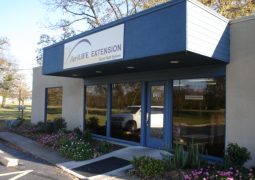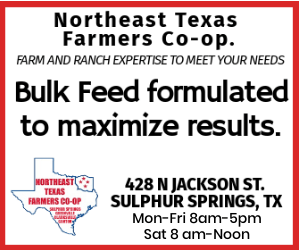Why We Need to Improve the Sustainability of Rural Veterinarians by Dr. Mario A. Villarino, County Extension Agent for Agriculture and Natural Resources

[adning id=”33097″]

During the year 2020, many different parts of agriculture became challenged either because lack of distribution or lack of workforce. As we celebrate our thanksgiving, we can see the importance of food and food supply in our society. There are many phases of a very complicate system that interact to make a meal in a consumer’s table a reality.
All the components of the system are critical and if one just “misses” its target the complete system can collapse. One component of the meat production system is veterinary care. Today, many rural large animal practices are operated by older vets, and younger veterinary professionals are going to pet care because it’s more lucrative, said Tom Hairgrove, Texas A&M AgriLife Extension Service cattle veterinary specialist in the Texas A&M University Department of Animal Science. That could result in the reduction of rural large animal practices.
[adning id=”33207″]
“ We know livestock enterprises are major contributors to rural communities,” Hairgrove said. “We want to improve the communication and cooperation between the livestock industry and the veterinary profession to ultimately improve livestock health and economic sustainability for rural communities.”
New strategies implemented recently will try to overcome this problem. The “Improving the Sustainability of Rural Veterinarians Through Mentoring, Targeted Education, Telemedicine and Monitoring of Disease Syndromes” project, funded by a U.S. Department of Agriculture National Institute of Food and Agriculture grant will try to do so. The goal of the project is to shift producer utilization of rural practitioners from a reactionary approach to one of comprehensive herd health practices that can help prevent metabolic diseases, respiratory and reproductive diseases. By doing so, the practitioner becomes a greater asset to producers.
“Veterinarians responding in a ‘fire engine’ manner simply is no longer practical,” Hairgrove said. “We need livestock producers to realize that veterinarians can contribute more to their operation profits if a comprehensive health management program is developed. ”A first step can be utilizing the local vet to focus on proper stocking rates, forage and herd management to eliminate overstocking of forage systems, he said. “We believe if we can change producer mindset to one of ‘complete herd health’ instead of only calling the vet to periodically pull a calf, it will be good not only for the veterinarian and the economics of the rural communities but to the producer’s bottom line as well,” he said.
“We know veterinarians can make producers money by helping them develop vaccination programs and by working with them to outline nutrition programs to improve their calving and weaning rates,” said Ron Gill, Texas AgriLife Extension Services beef cattle specialist. But if ranchers do not engage with and employ the services of rural veterinarians, the vet practice will not be sustainable, and the producers won’t realize that additional benefit.” As we move into to celebrate our thanksgiving I invite you to reflect in all the different components that made your celebration possible, including yourself, and those health care professional looking after human and animal health.
[adning id=”33207″]












